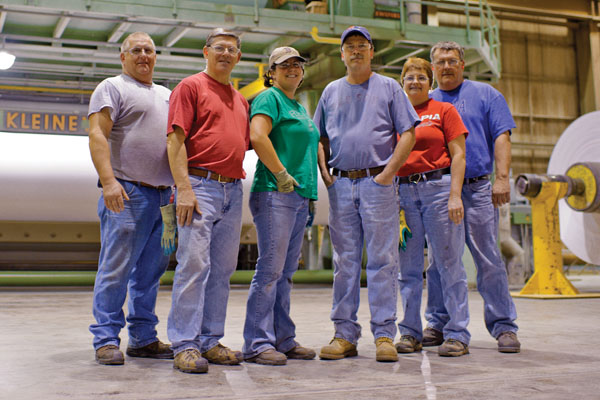Local Highlights

Rural LISC
By the numbers,
1995–2010:
- $785 million
- $1.73 billion
- 2.42 million sq. ft.
- 450
- 5,100
- 21,630
Total Investment
Dollars Leveraged
Commercial Space
Small Businesses Assisted
Jobs Created
Homes & Apartments

Bringing New Opportunities to Rural Communities
Rural LISC serves 60 Partner CDCs working to transform distressed rural communities in 31 states. Rural LISC builds the capacity of resident-led rural community development corporations (CDCs), increasing their production and impact, and demonstrates the value of investing in rural CDCs. Rural LISC also focuses on making the resource and policy environment more supportive of rural CDCs and their work. The following includes examples of Rural LISC at work with Partner CDCs advancing the five core elements of Building Sustainable Communities:
Stimulating Economic Activity
Kentucky Highlands Investment Corporation in London, KY, managed a resident-led initiative to foster economic progress through the federal Empowerment Zone program. A decade of progress by residents in three rural Appalachian counties has resulted in 3,658 new jobs, one for every seven residents; incomes up 35 percent, and poverty down 31 percent.
Increasing Family Income & Wealth
Community Action Partnership of Northwest Montana in Kalispell developed a financial literacy program called "Free to Choo$e." Each participant who completes the 12-week family financial education is eligible to receive a $300 line of credit at the local Credit Union, a partnership with a financial mentor, and access to checking and savings accounts.
Fosterin Livable, Safe & Healthy Environments
Fayette County Community Action Agency in Uniontown, PA, grew the "healthy community" idea beyond its initial economic scope to include improving the health of residents by creating a Healthy Living program. It expanded its medical and dental clinic twice to accommodate 8,000 patient visits a year. The program also maintains a food bank to provide people with healthy food choices, and activated plans for healthy neighborhoods in Uniontown and nearby Brownsville.
Increasing Access to Quality Education
Pennsylvania partners Housing Development Corporation Mid-Atlantic in Lancaster and Tamaqua Area Community Partnership in Tamaqua, developed service-learning programs in area high schools. In Lancaster, students engaged in an in-depth study of affordable housing issues through guest speakers and visits to local homeless shelters. Additionally, the students created a survey to gauge the quality-of-life needs of people residing in two affordable housing developments. In Tamaqua, students established a regional "magazine" to promote economic and tourist opportunities in the region.
Developing, Preserving and Investing in the Physical Environment
Southern Mutual Help Association in Louisiana is completely revitalizing an existing neighborhood in New Iberia: the 600 acre West End/Hopkins Street District. This area is a culturally significant and primarily African American community that has fallen into disinvestment and disrepair, without a grocery store, sidewalks or curbing. The revitalization effort has attracted key partners and public/ private investment, and recently broke ground on a $1 million supermarket. The 10-year master plan for West End/Hopkins Street includes a community garden in the town center and a culture and arts magnet school.